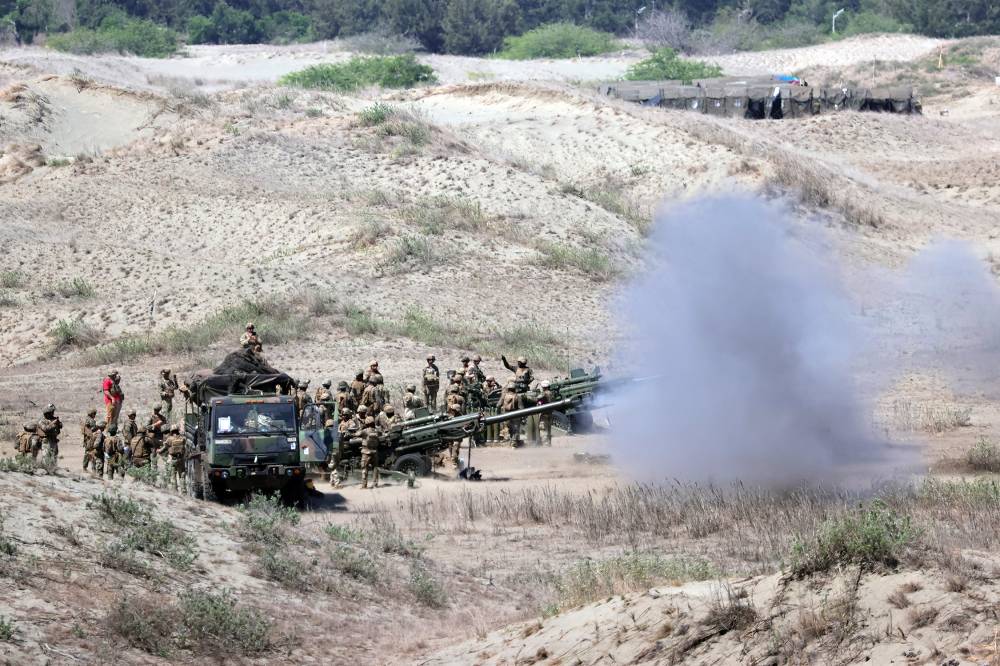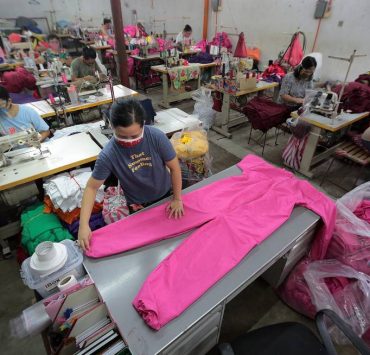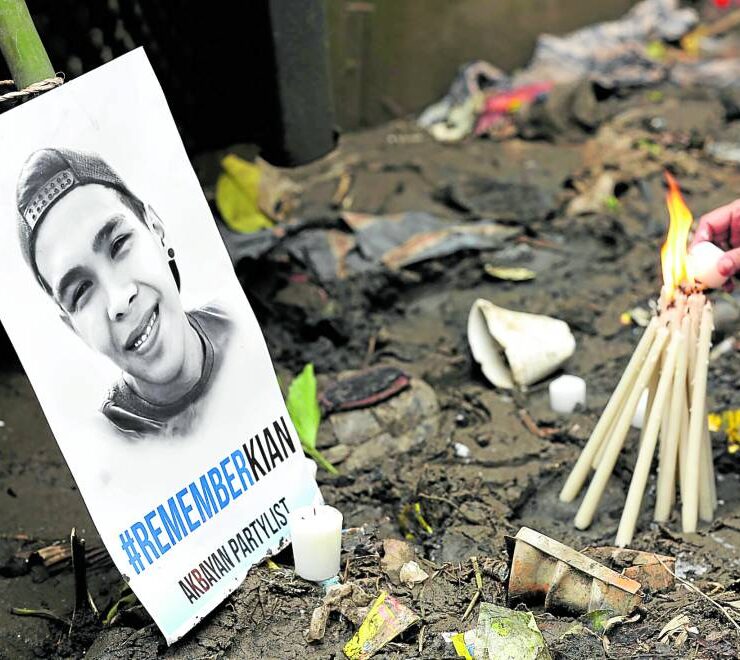‘Balikatan’ troops repel mock invasion in Ilocos

Filipino and American Marines held a mock defense against “foreign invaders” during Monday’s “Balikatan” (shoulder-to-shoulder) military exercises in Laoag City, Ilocos Norte.About 200 defenders repelled with missiles and artillery a simulated hostile amphibious force landing at La Paz sand dunes in the coast of Laoag. They also sank five floating pontoons standing in for amphibious landing ships.
The “invasion” opened this third and last week of the joint drills which began on April 22.
The 39th Balikatan, which the Armed Forces of the Philippines has described as the “most expansive” yet, comes at a time of escalating tensions between the Philippines and China over the West Philippine Sea. (See related story on this page.) Around 16,000 Philippine and US soldiers joined the exercise.
“We have continued future opportunities to grow, to improve our readiness, to improve interoperability. We are doing that all the way from the strategic level and planning,” said Lt. Gen. Michael Cederholm of the US Marine Expeditionary Force, commander of joint task force Balikatan.
He said he “couldn’t be more happy” with the conduct of the exercise, adding that Filipino and American troops “made huge sacrifices and are winning the battle.”

‘Third party’
Ilocos Norte, President Marcos’ home province, is one of the northern Luzon provinces facing the island nation of Taiwan, which China threatens to retake as part of its original territory.
Several of the drills this year were set in islands and provinces facing Taiwan and the South China Sea. Laoag is about 408 kilometers from Taiwan’s southernmost point.
But Cederholm said the selected location for the exercise was not intended to convey any message to anyone, particularly what he referred to as the “third party.”
“We don’t do this for any third party. We don’t do this for messaging,” he told reporters in Laoag. “We do this to create interoperability, to create readiness, to create integration on such capabilities—being able to command and control, sense the battle space….”
“There’s no significance to this location. To those that say that there is, where do you want us to go? Some place outside the Philippines? That would be malpractice,” he added.
He called the Laoag coast “perfect” for interoperability, including sea control and “securing and defending… key maritime terrains.”
Weapons used in the joint drills include the 155mm and 105mm howitzers, .50-caliber machine guns and Javelin antitank missiles.
“It was a huge success, the weapons were spot on, they were literally hitting the targets, which were pretty small. The fields were very effective,” Cederholm said.
Other exercises have included simulations of retaking occupied islands and a multilateral sail with France and Australia in the South China Sea, within the Philippines’ exclusive economic zone.
The main exercises will culminate with a “maritime strike” on Wednesday, in which the combined forces of the Philippines and the United States will sink a decommissioned Philippine Navy ship. The annual exercise ends Friday. —WITH A REPORT FROM REUTERS





















